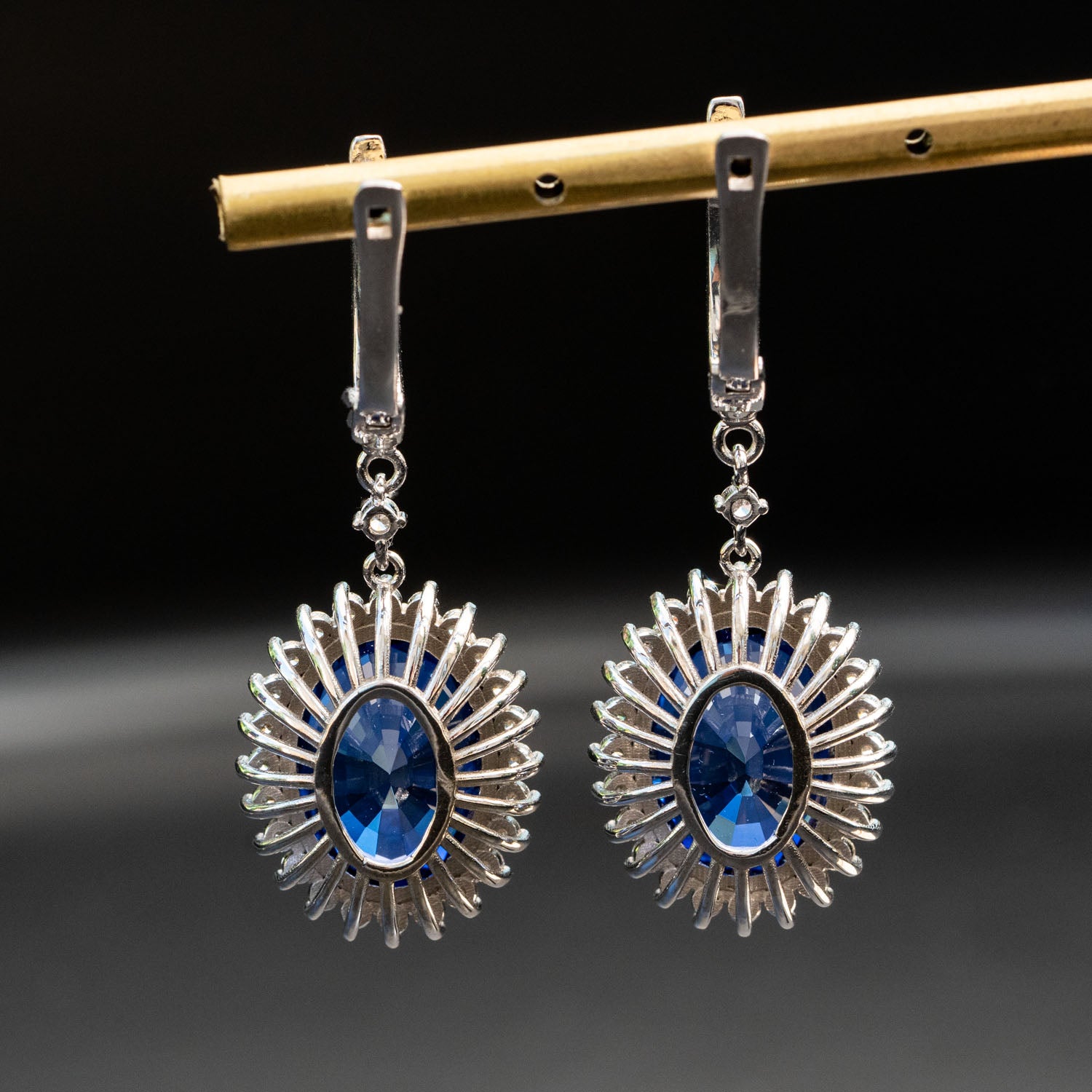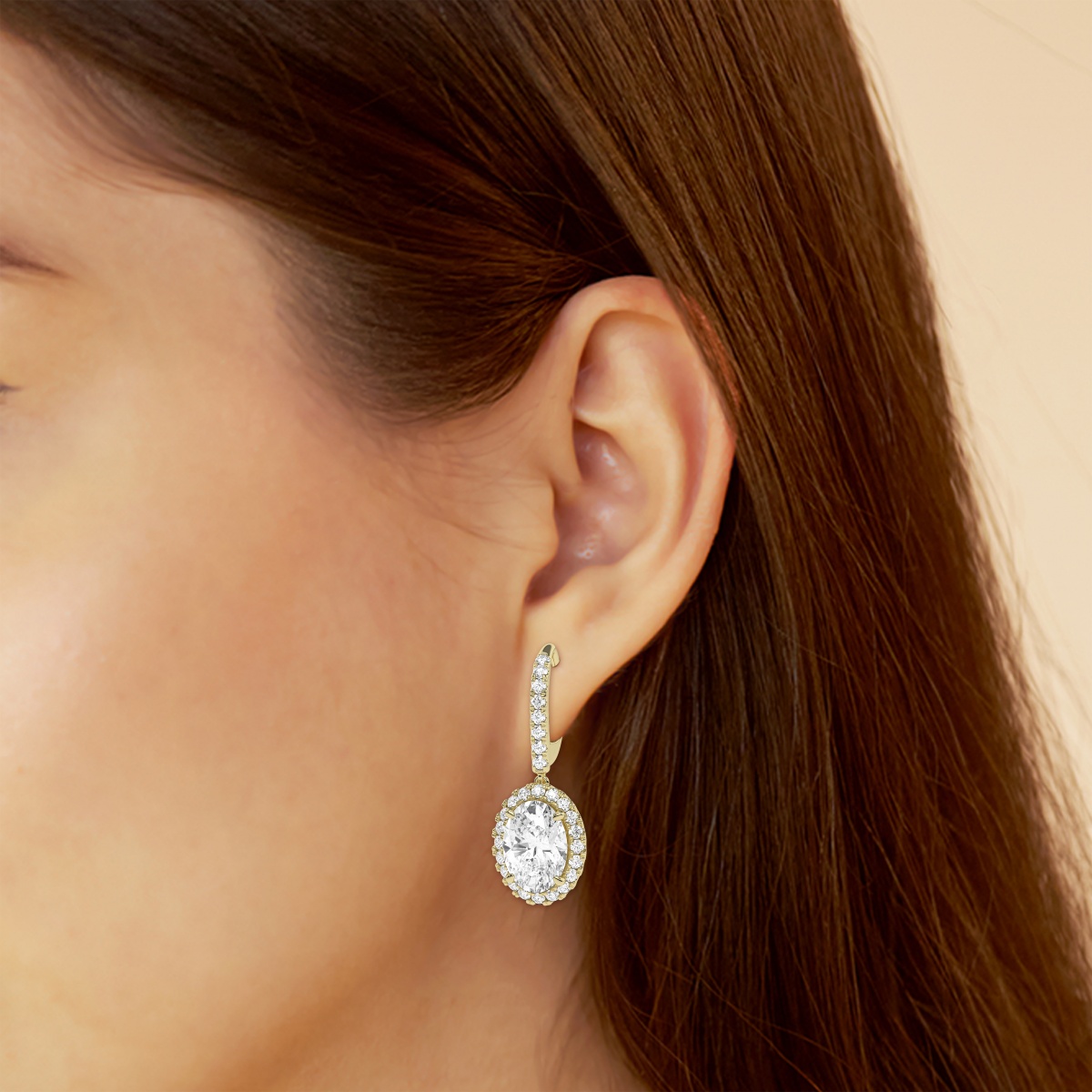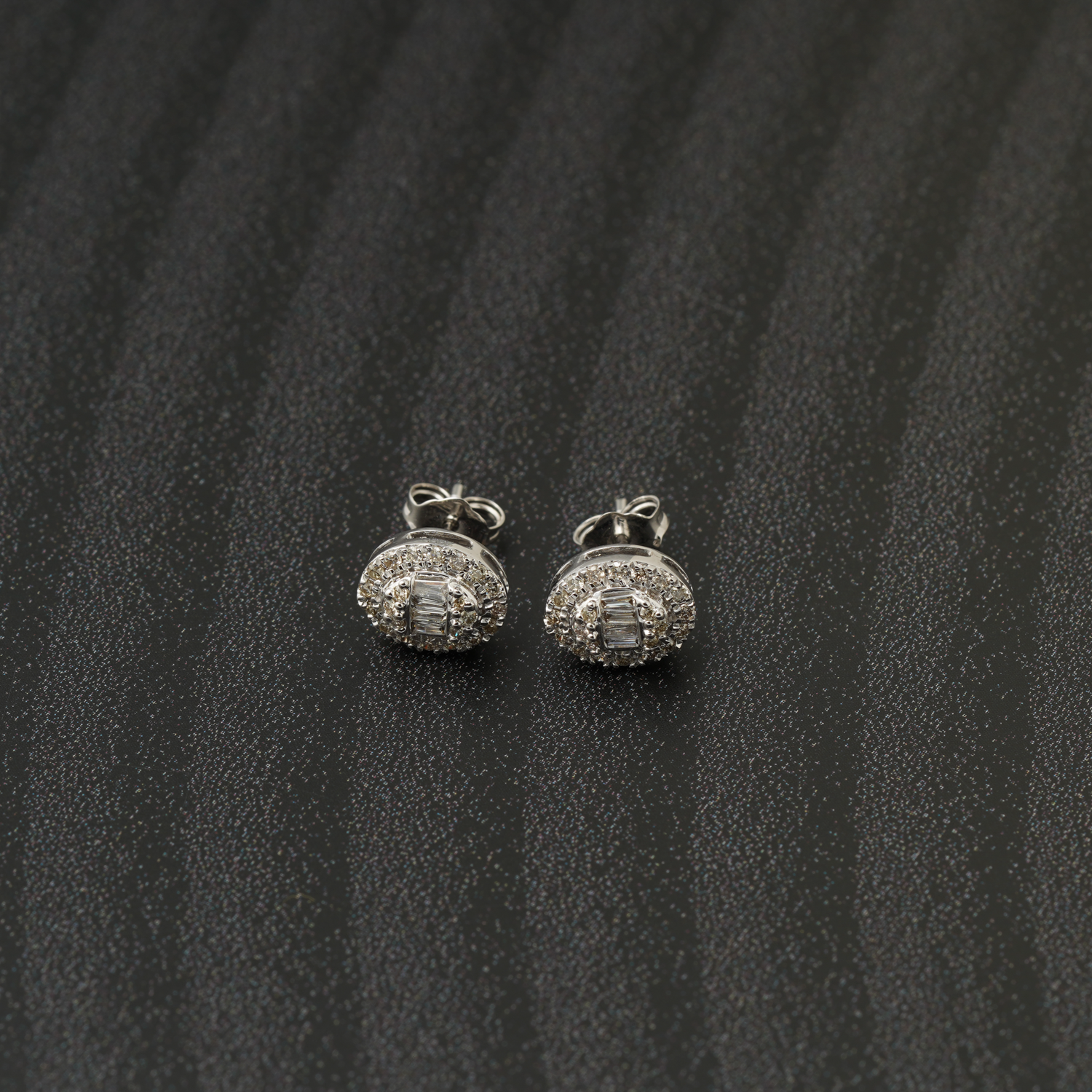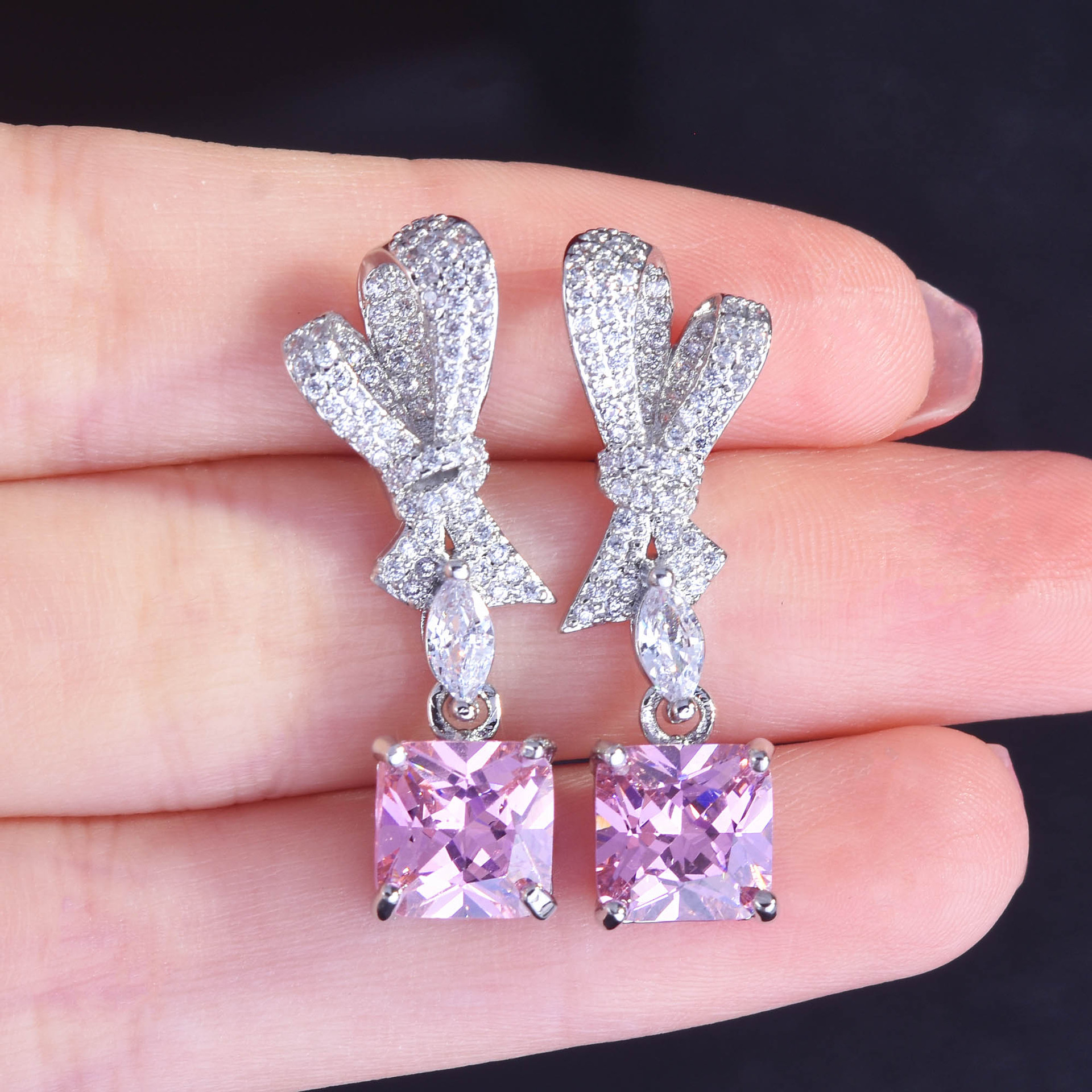/fit-in/1500x1500/filters:quality(70)/uploads/1669968178066-Ekran_grnts_2022-12-02_110250.png)
شراء ثلاث مقاسات لؤلؤة للنساء نموذج أقراط مرصعة بالكريستال البيضاوي أقراط فضية يومية خطوبة حفلة موسيقية فستان زفاف زفاف | متجر TT-Turk التركي للتسوق عبر الإنترنت

اقراط مرصعة باللؤلؤ الصناعي بتصميم بيضاوي الشكل بطول 22 ملم بلون ذهبي، حجر كريم معدني لؤلؤي, حجر كريم معدني لؤلؤي : Amazon.ae: ملابس وأحذية ومجوهرات

البيع بالجملة أقراط من الألماس من الذهب الأبيض عيار 18 قيراط مرصعة بالألماس المستدير،أقراط من الألماس من الذهب الأبيض عيار 18 قيراط مرصعة بالألماس المستدير المصنعين

راتنافالي جويلز اقراط اذن انيقة مطلية بالفضة الذهبية والفضية بتصميم بيضاوي مرصع بالماس الامريكي 9 ملم للنساء/الفتيات Rv3206G, نحاس أصفر, اميريكان دايموند : Amazon.ae: ملابس وأحذية ومجوهرات

فيرا بيرلا أقراط من الذهب عيار 18 قيراط للنساء، مرصعة بـ 0.24 قيراط من الألماس الأصلي، وحجر الياقوت البيضاوي و اللؤلؤ - أزرق و أبيض. | Dubaistore.com - دبي

أقراط الزفاف زركونيا مكعب للنساء - أقراط الزفاف لوصيفات العروس والدة العروس البيضاوي كبير الماس حجر الراين أقراط متدلى للحفلة الراقصة, كريستال, زركونيا مكعب : Amazon.ae: ملابس وأحذية ومجوهرات

















